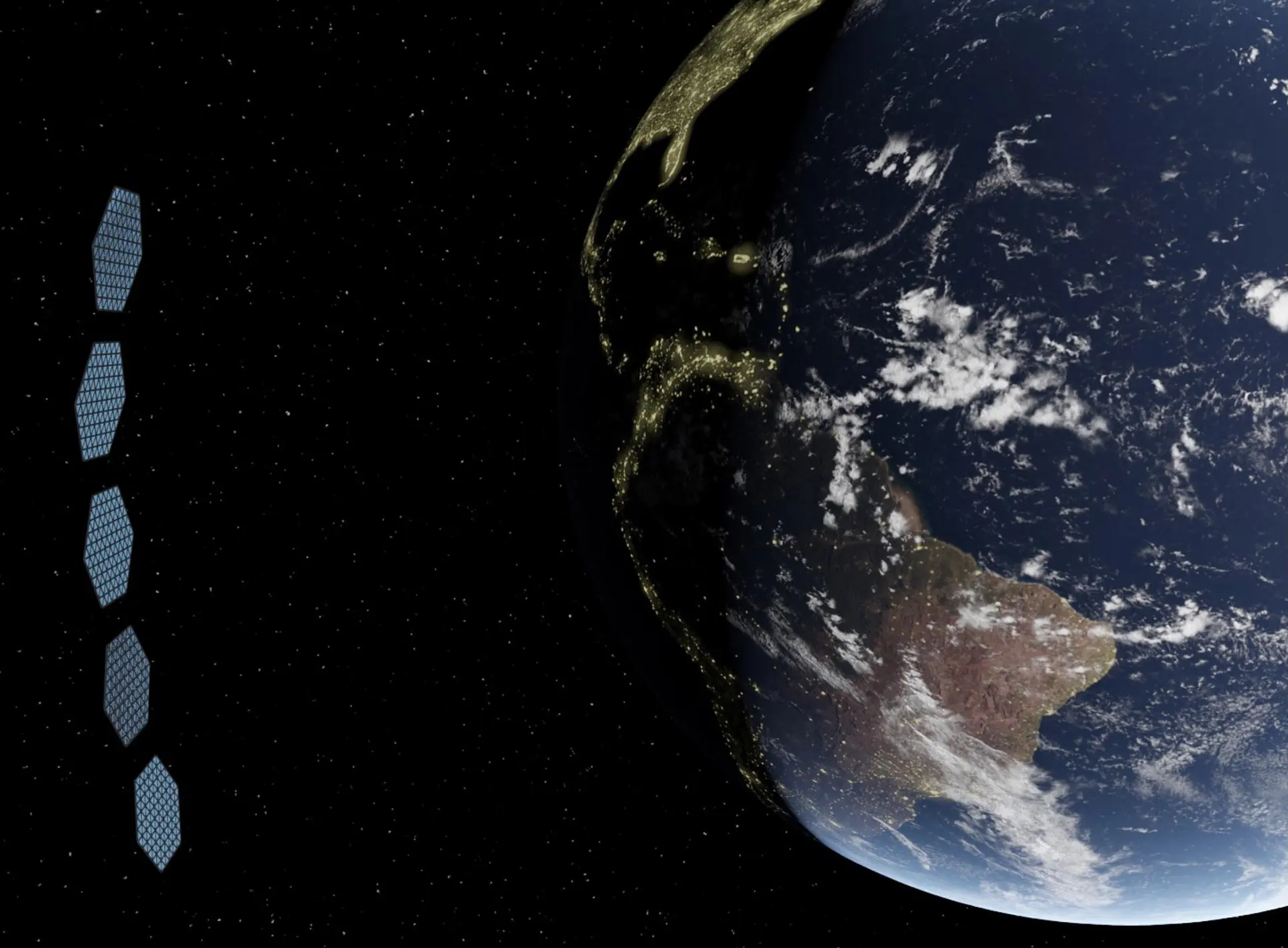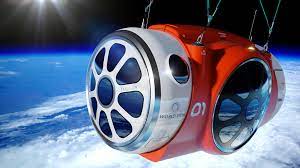Orbital Reflectors Could Revolutionize Solar Energy Harvesting
18th Jan 2024
Scotland-based researchers are exploring the possibility of employing cost-effective orbital launch options for deploying large space-oriented reflectors. Such relectors could be useful at times of heightened power demand during the low sunlight periods of early morning and late evening.
Instead of using photovoltaic arrays, this alternative approach to space solar energy involves suspending large mirror structures in space, thereby redirecting surplus solar energy toward Earth for harvesting.
Giant space mirrors
The concept of orbital reflectors dates back to Hermann Oberth’s 1928 book on spaceflight, where he envisioned their use not only for power generation but also for safeguarding crops from freezing up overnight, illuminating cities, and potentially creating habitable zones in the far-off North during prolonged dark winters.
Moreover, Russian scientists substantiated the feasibility of the concept through their Znamya-2 space mirror, measuring 20 meters, which reflected a faint light down towards Earth, observable at night from parts of Europe.
A research team from the University of Glasgow contends that the present time is suitable for comprehensively exploring solar reflectors. This is because private companies, including SpaceX, are on track to significantly reduce the cost per kilogram of orbital launches, which could make such reflectors commercially viable.
The Solspace Project: A Novel Approach to Solar Energy Harvesting
The Solspace project, as the researchers call it, involves stationing multiple reflector satellites into high orbit, roughly tracking over the same path on the Earth’s surface every day. The path would be selected to maximize the visibility of the reflectors from a maximum number of large solar farms on Earth.
A six-cornered reflector manufactured from aluminized Kapton material would be deployed by each satellite, with a length of 250 meters on every side and a combined surface area of 162,380 square meters. The reflectors would be directed and positioned in orbit via four pyramidally arranged electric control moment gyroscopes (CMG). By altering the speed of such gyros, the reflector could be rotated in all directions.
The Solspace reflectors would orbit at an altitude of approximately 900 kilometers (about twice the height of the ISS) and light up a 10 square kilometer area on the Earth’s surface for around 17 minutes, providing around 34 to 36 MWh of energy per pass. This energy could be captured by large solar power plants worldwide, including the Sun Cable project located in northern Australia, allowing them to generate power during peak demand periods.
The reflectors would target a particular solar array, providing it with useful power for as long as possible. Afterward, they would rotate away until they reached the next solar array. The reflectors aim to service as many solar arrays as possible each day. If a path could be mapped out to target at least 13 solar farms daily, then the setup could generate 284 MWh of solar power daily with the aid of five orbital reflectors.







Thank you for your comment! It will be visible on the site after moderation.